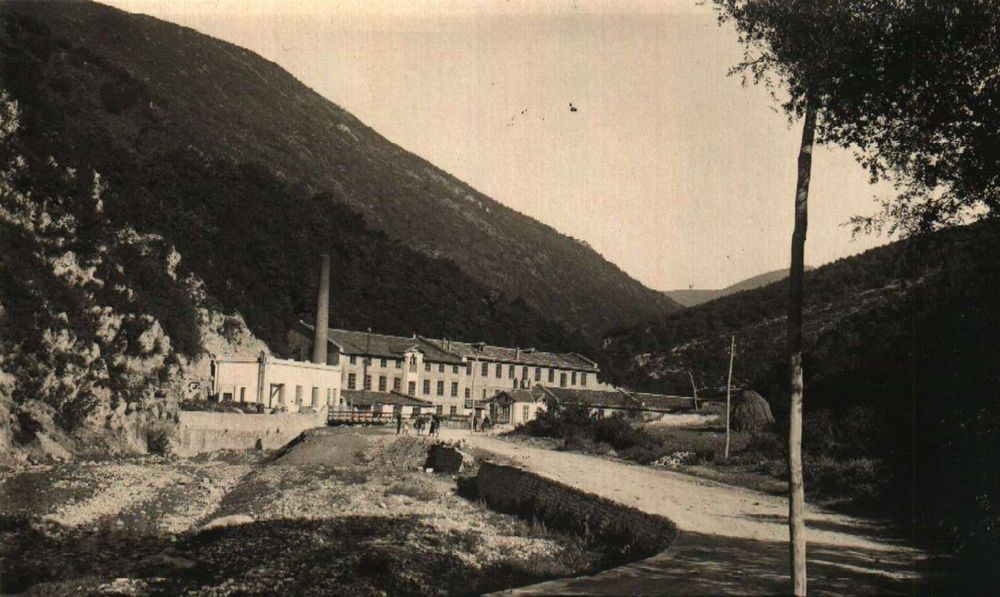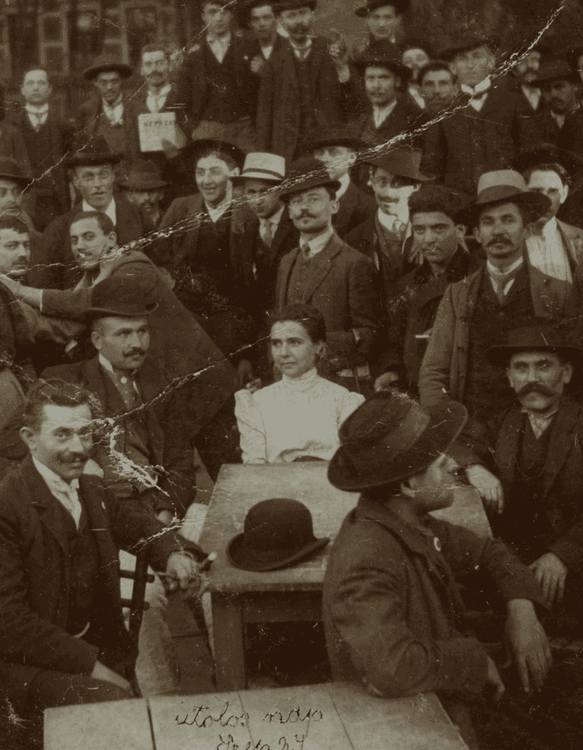Enforcing the Eight-Hour Day: Implementation of International Labour Standards in Interwar Bulgaria
After World War I the struggle for shorter working hours in Bulgaria’s textile industry became particularly intense. Women workers were at the forefront of many of these struggles. In 1918 women led hunger riots, and in 1919 a strike wave involving over 76,000 workers – almost a quarter of them women – demanded immediate reductions in working hours. Responding to these domestic pressures and international developments, especially the standards promoted by the newly founded International Labour Organization (ILO), the government decreed an eight-hour day in June 1919, and soon afterwards ratified the ILO Hours of Work (Industry) Convention.
Transforming this legal advance into everyday practice proved extremely difficult. Employers objected to the new limit, demanding derogations, openly trying to reinstate ten-hour shifts, and launching press campaigns. Mandatory daily quotas allowed managers to push production beyond eight hours without explicitly breaking the law. In 1920, general strikes in two major textile centres, Sliven and Gabrovo, successfully resisted attempts to bring back the ten-hour day. However, this success proved to be short-lived: a combination of economic crisis and rising unemployment weakened workers’ bargaining power, and the longer working day was reintroduced in 1921 at both locations.
Women workers, still the majority in textiles, continued to fight for the eight-hour standard throughout the 1920s and 1930s. During the world economic depression, when factory rationalization often intensified pressure on workers, they resisted systems that required stretching their workday to thirteen or fourteen hours in order to receive a decent wage. In Yambol in 1930, for example, management’s plan to lengthen shifts was dropped after the threat of a strike. The following year, workers struck against new productivity-based wage systems that demanded longer hours. Similar conflicts flared once again in Sliven, where higher quotas effectively forced overtime.

Iliya Kalov's textile factory in Sliven, Bulgaria, 1930s (Source: WikiCommons)
International oversight sought to reinforce these local initiatives. Social democratic unions reported breaches to the ILO, which in turn pressed the Bulgarian government for accurate information and stronger enforcement. The ILO’s Committee of Experts on the Application of Conventions and Recommendations repeatedly criticized Bulgaria for sending “very summary reports” and asked for detailed figures on the number of workers covered by the convention, the incidence of infractions and the fines imposed. These requests were not merely procedural. They compelled the Ministry of Commerce, Industry and Labour to change how it gathered statistics and to strengthen labour inspection.
The appointment of women inspectors in 1929, following ILO recommendations, was another step forward. By the mid-1930s, inspection reports began to include systematic data on working hours and violations, and the number of factory visits and fines increased. In 1936 inspectors made 7,582 factory visits and recorded 2,395 violations of working-time regulations, and in the following year, the number of visits reached almost 12,500.
By the late 1930s, average industrial working time had fallen to about 8.7 hours, a marked improvement on pre-World War I levels. This outcome depended on constant pressure through strikes, petitions, and formal complaints rather than automatic compliance. Women textile workers’ sustained activism, combined with international attention, kept the eight-hour day on the political agenda and gradually brought everyday factory conditions closer to the law’s promise.
The interwar experience of Bulgaria’s textile workforce shows how international labour conventions could gain real effect only when reinforced by local mobilization. Women workers and their allies acted in many arenas at once – on the shop floor, in municipal and national politics, and before international bodies – ensuring that the eight-hour day was not merely a clause in the statute book but a contested yet steadily advancing social standard.

